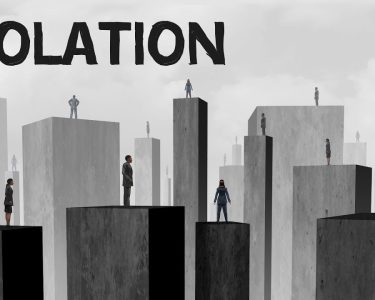Introduction:
Natural disasters have the potential to cause immense devastation, loss of life, and economic damage. From hurricanes and earthquakes to floods and wildfires, these events can strike unexpectedly, leaving communities in a state of chaos. However, with each disaster comes valuable lessons that can help communities better prepare for the future. By learning from past experiences and implementing effective strategies, communities can enhance their resilience and minimize the impact of future disasters. This article explores some key lessons learned from natural disasters and provides insights on how communities can better prepare for the challenges ahead.
1. Invest in Early Warning Systems:
One crucial lesson learned from natural disasters is the importance of early warning systems. Timely and accurate information can save lives and enable communities to take necessary precautions. Investing in advanced technologies, such as weather monitoring systems, seismic sensors, and flood detection systems, can provide early warnings and allow authorities to issue timely alerts. Additionally, educating the public on how to interpret and respond to these warnings is equally important.
2. Develop Robust Infrastructure:
Natural disasters often expose vulnerabilities in infrastructure systems. Building codes and standards should be updated to ensure that structures can withstand the forces of nature. This includes constructing buildings that are resistant to high winds, earthquakes, and flooding. Furthermore, critical infrastructure, such as power grids, water supply systems, and transportation networks, should be designed with redundancy and backup systems to minimize disruptions during disasters.
3. Foster Community Engagement and Preparedness:
Communities that actively engage their residents in disaster preparedness efforts are better equipped to handle emergencies. Establishing community emergency response teams, organizing drills and exercises, and providing training on first aid and basic survival skills can empower individuals to take immediate action during a crisis. Encouraging the formation of neighborhood watch groups and promoting communication networks within communities can also enhance disaster response and recovery.
4. Enhance Communication and Information Sharing:
Effective communication is vital during a disaster. Lessons learned from past events emphasize the need for robust communication systems that can withstand disruptions. Communities should invest in redundant communication networks, including satellite phones, radio systems, and internet-based platforms, to ensure uninterrupted information flow. Additionally, establishing partnerships with local media outlets and utilizing social media platforms can help disseminate critical information to a wider audience.
5. Implement Comprehensive Emergency Plans:
Having a well-defined and regularly updated emergency plan is crucial for effective disaster response. Communities should work with local authorities, emergency management agencies, and relevant stakeholders to develop comprehensive plans that address various types of disasters. These plans should include evacuation routes, shelter locations, communication protocols, resource allocation strategies, and coordination mechanisms. Regular drills and exercises should be conducted to test the effectiveness of these plans and identify areas for improvement.
Conclusion:
Natural disasters are inevitable, but communities can learn from past experiences to better prepare for the future. By investing in early warning systems, developing robust infrastructure, fostering community engagement, enhancing communication, and implementing comprehensive emergency plans, communities can significantly reduce the impact of disasters. It is essential for governments, organizations, and individuals to collaborate and prioritize disaster preparedness to ensure the safety and resilience of communities in the face of adversity.




